24 April 2018
The eternal return of fashion, the circularity of its forms of expression: a boundless creative universe made up of elements that influence one another, that feed on each other’s ideas—moving between architecture, art, design and simply clothing. But there is not much that is simply itself in a dimension, that of fashion, in which continual contamination nourishes production and where the word culture is still not a widely studied term. The occasion for a reflection on the theme is offered by Italiana. Italy through the Lens of Fashion 1971-2001, a project in the form of an exhibition and a book that looks at Italian fashion in a crucial period: from the birth of ready-to-wear with Walter Albini and the magnificent era of “Made in Italy” to the globalization of the early 21st century. A piece of Italian history examined through the lens of fashion. The exhibition, which will run at the Palazzo Reale in Milan until May 6, is organized by theme and extends over nine rooms, alternating clothes, accessories and photographs of the great fashion designers with the works of contemporary artists and looking back over a time of extraordinary creativity. We talked about it with Maria Luisa Frisa, scholar, critic and fashion curator, who conceived and supervised the project together with Stefano Tonchi, editor of W Magazine.
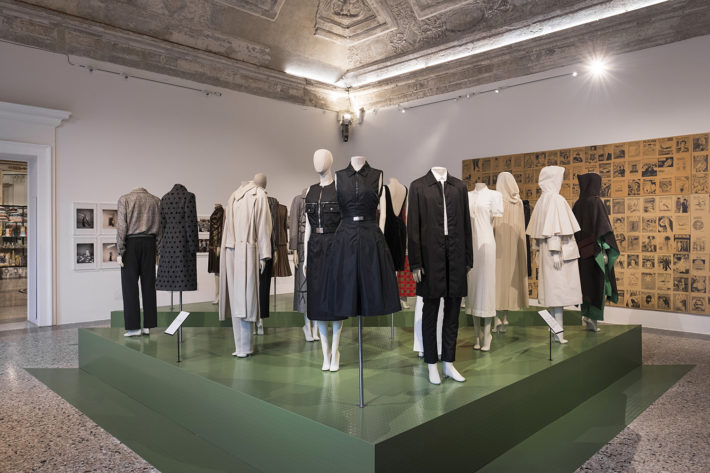
Italiana. Italy through the Lens of Fashion 1971-2001, Palazzo Reale, Milan, 2018. Photo: Francesco de Luca.
Where did the idea for the exhibition come from?
Italiana stems from the awareness that our fashion has specific characteristics and qualities, and that it is necessary to create situations and come up with projects that are able to illuminate them, or simply to describe them. The subtitle, Italy through the Lens of Fashion, declares that the point of view adopted is that of fashion itself, and at the same time indicates the ambition explore a social and cultural phenomenon in all its complexity.
Can Italiana be considered a sequel to the exhibition Bellissima at the MAXXI in Rome?
Italiana is a continuation of the work of interpretation and reinterpretation of Italian fashion that I have been carrying out for some years. It is certainly in tune with Bellissima. The Italy of High Fashion 1945-1968, and is driven by the same aims. The period covered, though, is longer and more varied, three decades that were crucial for the definition of the identity of Italian fashion, up to the threshold of the new millennium and its transformation into a global phenomenon. In addition, it differs from Bellissima in that the historiographical perspective is less present, and is filtered by the autobiographical dimension. For this reason, I prefer to describe it as an account or narration.
In the book’s introductory essay you speak of militancy.
Yes, the militancy derives from the urgent need to give a voice to our fashion, asserting its identity and its importance on the international scene and underlining the distinctive traits of the Italian fashion system. I speak of militancy partly in order to stress the programmatic nature of the project.
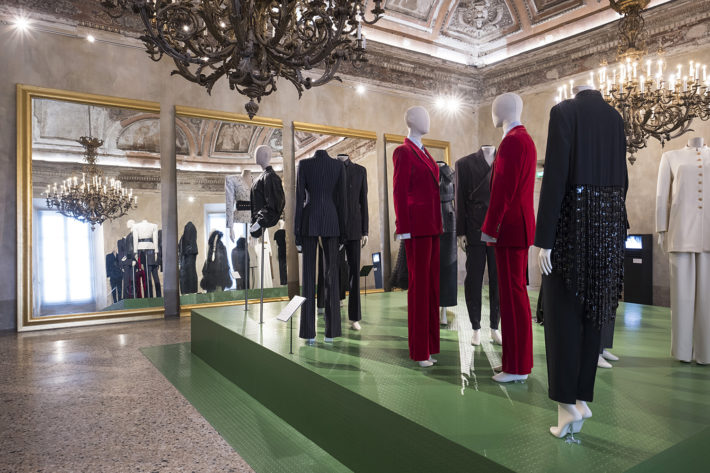
Italiana. Italy through the Lens of Fashion 1971-2001, Palazzo Reale, Milan, 2018. Photo: Francesco de Luca.
The journey starts in 1971 and ends in 2001. What is the significance of these dates? Is it possible that there will be a sort of “chapter three” as a continuation of the exhibition’s narration?
As a date, 1971 marks the beginning of the period of Italian ready-to-wear. In that year Walter Albini chose Milan for the first show of the line that bore his name. The closing date, 2001, is emblematic: the turn of the century was the moment when Italian fashion shed its skin and became a global phenomenon that has still not been thoroughly investigated today. It is also the year in which the international system was radically challenged by the attack on the Twin Towers. From 2001 to the present day we have seen an acceleration: the system has grown enormously and at an ever faster rate. Its forms have changed and so have the modes of creation and production. In 2011, through the book Una nuova moda italiana, published by Marsilio, I tried to present a generation of fashion designers who are now helping to shape the Italian identity and give it continuity: a whole set of more or less familiar names, capable of bringing it into question and redefining it. If I were to imagine a new exhibition project, following on from Bellissima and Italiana, I would certainly bear the work done for that book in mind as a starting point.
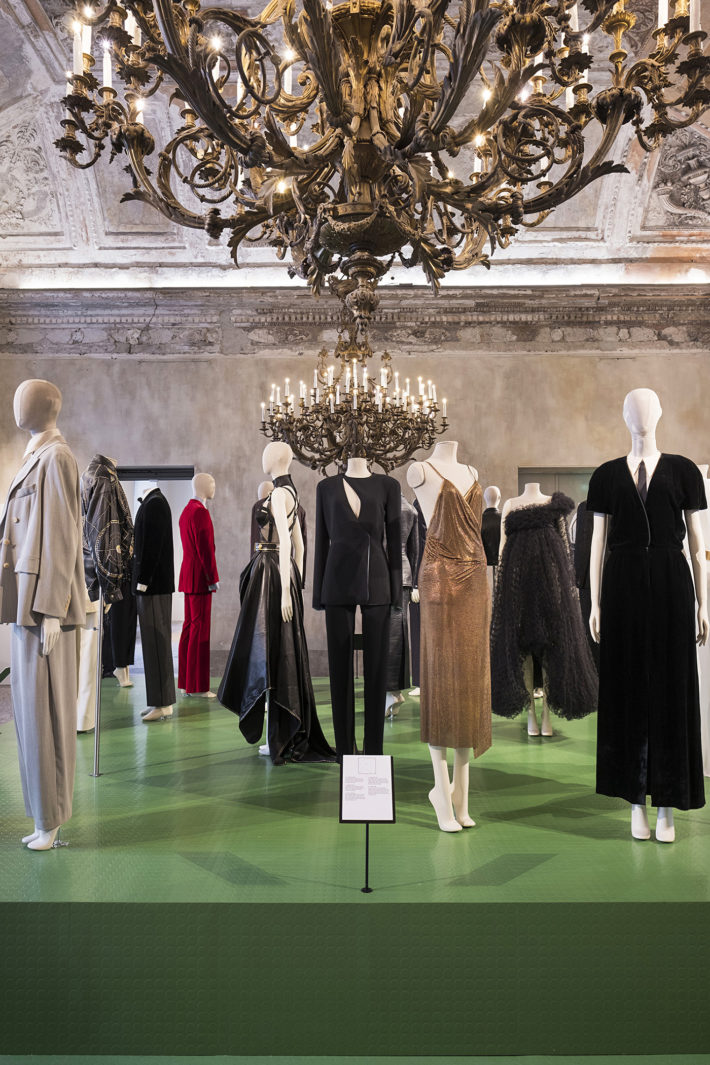
Italiana. Italy through the Lens of Fashion 1971-2001, Palazzo Reale, Milan, 2018. Photo: Francesco de Luca.
In Italy, fashion is still not fully accepted as something that can be fitted into the context of a museum. What is it that is stopping us from holding a dialogue on an equal footing with the museums and institutions that deal with fashion in other countries?
There are many reasons and the Italiana project arises precisely out of the realization that Italy, so far, has not assigned fashion the cultural role that would allow us today to hold a dialogue as equals with the foreign museums and institutions that do deal with fashion, like the Palais Galliera and the Musée des Arts Décoratifs in Paris or the Victoria and Albert Museum in London. Museums of fashion do exist in our country—I’m thinking of Palazzo Pitti’s Museo della Moda e del Costume in Florence, of the Museo del Tessuto in Prato, of Palazzo Morando in Milan—but none of them has a national character and the protection and promotion of Italian fashion as its mission. The trade associations often have no connection with each another. Private collectors, fundamental to the staging of exhibitions like Bellissima and Italiana, receive no institutional recognition. And then there is the subject of training, a crucial question for me. There are very few universities that take fashion seriously as a discipline to be tackled at an academic level, and our appeals to the Ministry of Education, Universities and Research have so far fallen on deaf ears.
Italian fashion is often perceived solely as an exclusive product that arises out of extraordinary artisan skills. Creativity and “Made in Italy” are considered the same thing, but it is not so.
That’s true. It is necessary to present an alternative vision, free from stereotypes and the usual labels. Only in that way can we update the idea of “Made in Italy” and look at its true significance: good mass-produced clothing that comes out of the work of the designer, the company, the technician—and the artisan too, but only in a dimension of research. Italian fashion cannot be reduced to the highly specialized skills of the crafts. The players in the system produce things, but above all they use their imagination. And they are capable of picking up people’s desires and designing for them.
You teach. How long are we going to have to wait for fashion to be accepted as a discipline worthy of being taught?
As director of the degree course in fashion design and multimedia arts at the IUAV University in Venice, I am working toward this on a daily basis. Only by eliminating the prejudices in the university that still prevent fashion from being regarded as an academic discipline will we be able to recognize its true significance not just from the cultural, but also the political, economic and social perspective.
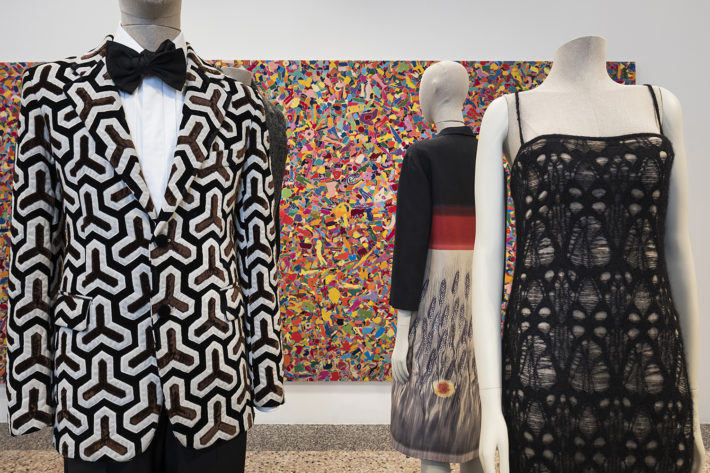
Italiana. Italy through the Lens of Fashion 1971-2001, Palazzo Reale, Milan, 2018. Photo: Francesco de Luca.
In what way has teaching had a positive influence on your curatorial activity?
For me teaching and curating are totally integrated. In the master’s degree course in visual arts and fashion at the IUAV I teach the curatorial practices of fashion, tackling the complexity of fashion curating with the students.
Tell us something about the layout of the exhibition and its nine thematic rooms.
The exhibition is not arranged in chronological order, but around a group of themes, bound together by a critical interpretation. Italiana explores nine themes: Identity, Democracy, Logomania, Diorama, Project Room, Bazaar, Postproduction, Glocal and the Italy of Objects. There is a room devoted to each of these themes. It is all presented as a sort of open inventory, with connections extending in various directions. Although each room focuses on one conceptual area, it is closely related to the others. The three linchpins of the account are undoubtedly Identity, Democracy and Postproduction, seen as fundamental to the characterization of the historical period in question and to conveying a fluent image of the evolution of Italian fashion over these thirty years.

Man’s suit by Walter Albini for Basile, Courlande woman’s suit, from the feature “Unilook. Lui e lei alla stessa maniera,” L’uomo Vogue, no. 15, December 1971-January 1972. Photo: Oliviero Toscani.
With regard to the room on Identity, how has the concept of women’s fashion and that of men’s fashion evolved over time? And where is the fluidity of gender that we see on the catwalk today going to go in the future?
I believe that identity is a crucial theme of Italiana as it reveals, in a crystal-clear manner, how fashion is a system that always works on the past, despite innovating continually. This is evident from the event identity of the project, a photograph by Oliviero Toscani from the feature “Unilook. Lui e lei alla stessa maniera,” published in L’uomo Vogue in 1971. In Toscani’s picture a young couple look straight into the lens. Both have long hair, are wearing gray double-breasted jackets and are almost the same height—thanks to the woman’s high heels. This image is not of a woman rejecting her femininity nor of an effeminate man. What it shows instead is a desire to erase all the differences. Italian fashion, right from the moment it chose to go down the road of ready-to-wear, has imagined a direct relationship between male and female, free from gender stereotypes (emblematic in this sense is the work of Walter Albini and Giorgio Armani). It designed the female image and figure in the crucial years that saw the affirmation of feminism, recognizing woman’s central role in society with the invention of the power suit and defining the new forms of an active seduction. Simultaneously, it invented the category of the man of fashion, eager to free himself from the rigidities of the bourgeois uniform in order to assert a different sensibility, one that moved toward softer forms. Today more than ever, male and female are not just genders that identify two different physicalities and mentalities, but should be understood as propensities in dress that go beyond the differences between the sexes and mix up the characteristics of both in a new and asexual definition: a gender that blends contrasting characters and dresses a body that has culturally lost the attributes of the gender itself. Illuminating, in this sense, is the work done by Alessandro Michele for Gucci, which is at once a negation of the brand’s erotic identity, in the form in which we were accustomed to considering it, and an evolution of it. A sexuality in transition, that of an abstract and thoughtful generation. The bodies that Michele has in mind make all the violent stereotypes of gender look old.
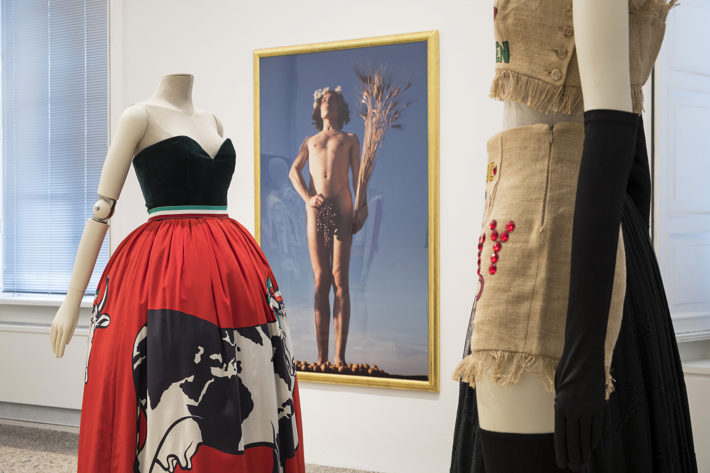
Italiana. Italy through the Lens of Fashion 1971-2001, Palazzo Reale, Milan, 2018. Photo: Francesco de Luca.
The dialogue and conversation between the clothing and the works of art on show at Palazzo Reale are preponderant elements of an aesthetic inquiry that unfolds in time. How important is it to be able to look at the past in today’s fashion?
Italiana focuses on some traits of Italian fashion, and at the same time relates them, in an open comparison, with art and design, in order to be able to reactivate that common area of dialogue in which fashion has always acted in response to the most diverse stimuli. Alongside the items of clothing, over a hundred and twenty of them, there are the works of eleven Italian artists: Michelangelo Pistoletto, Maurizio Cattelan, Elisabetta Benassi, Luciano Fabro, Francesco Vezzoli, Vanessa Beecroft, Luigi Ontani, Alighiero Boetti, Giulio Paolini, Ketty La Rocca and Gino De Dominicis. They are established names, some of them historical figures, whose visions have spilled over national borders, speaking a global language. Despite this, some of the works selected are deeply rooted in our culture and our history. Others, instead, bring the realm of fashion close to that of contemporary art in a more explicit manner. To answer your question, fashion is circular, it has a simultaneous relationship with the future and with the past. This forces it into an eternal return, even though in reality the forms are not repeated, but change constantly, modeled on each occasion by the trends in taste that have brought them back to the surface.
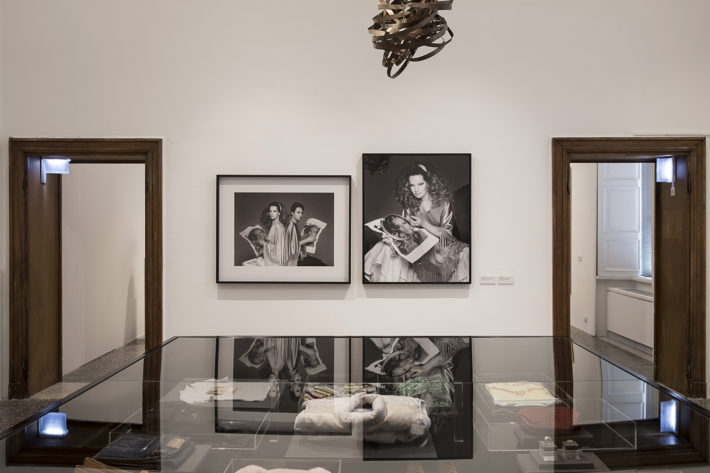
Italiana. Italy through the Lens of Fashion 1971-2001, Palazzo Reale, Milan, 2018. Photo: Francesco de Luca.
Is there an item of clothing or a work of art in the exhibition which has made a greater impression on you or which you feel particularly fond of?
For me every exhibition is a complex organism in which each object exists in relation to others. Each exhibition is a new work in which each individual piece contributes to telling a story, to making an interpretation. For this reason all the works present in the exhibition, which have always been very carefully chosen, have a great value for me.
Tell me something that you can’t stand, in fashion or elsewhere.
I’m a curious person, I’m always trying to understand and get to the bottom of things. Perhaps what I can’t bear is simplification, the fear of tackling complexity, which inevitably carries with it a series of prejudices and preconceptions.
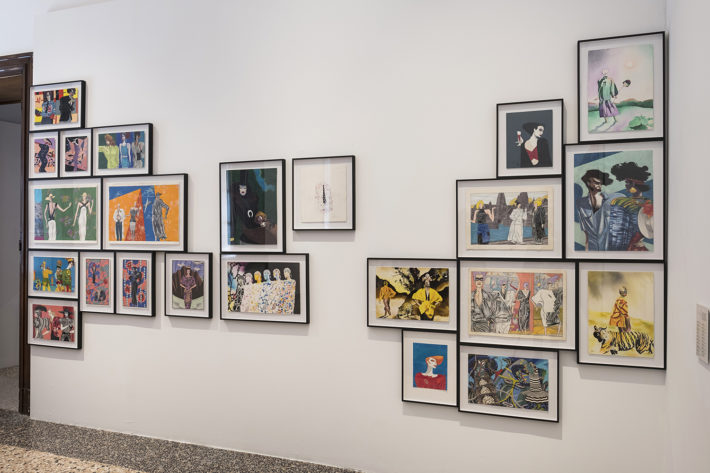
Italiana. Italy through the Lens of Fashion 1971-2001, Palazzo Reale, Milan, 2018. Photo: Francesco de Luca.
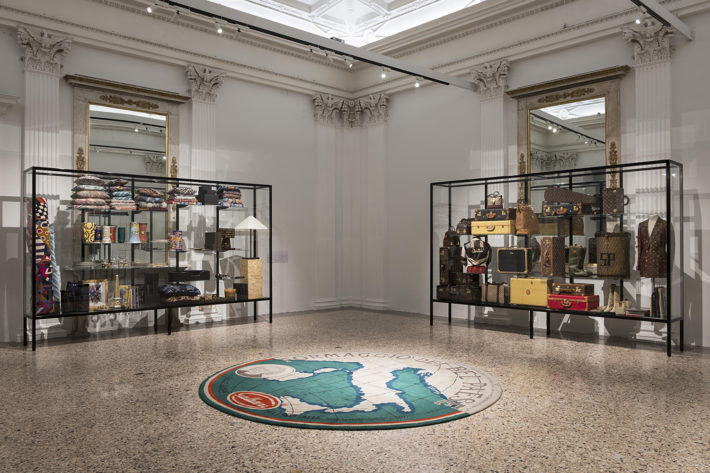
Italiana. Italy through the Lens of Fashion 1971-2001, Palazzo Reale, Milan, 2018. Photo: Francesco de Luca.

Italiana. Italy through the Lens of Fashion 1971-2001, Palazzo Reale, Milan, 2018. Photo: Francesco de Luca.
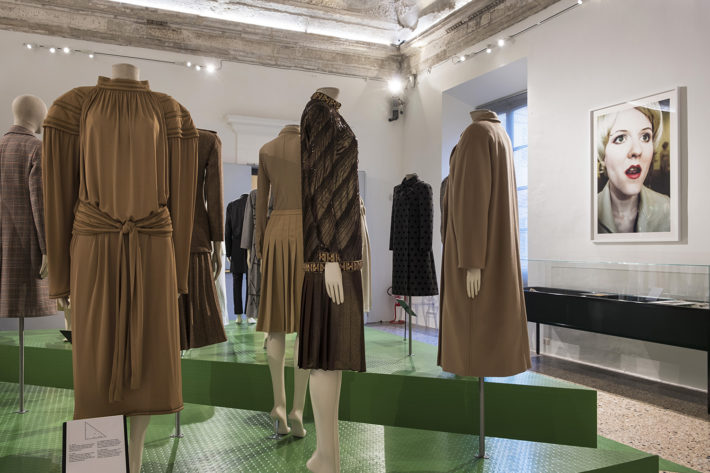
Italiana. Italy through the Lens of Fashion 1971-2001, Palazzo Reale, Milan, 2018. Photo: Francesco de Luca.
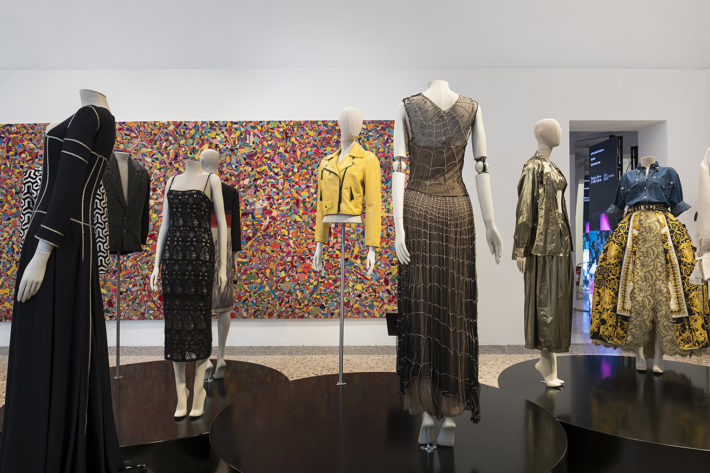
Italiana. Italy through the Lens of Fashion 1971-2001, Palazzo Reale, Milan, 2018. Photo: Francesco de Luca.
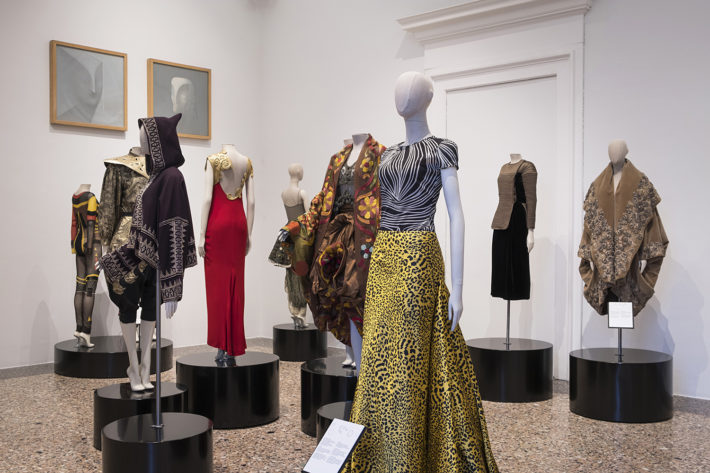
Italiana. Italy through the Lens of Fashion 1971-2001, Palazzo Reale, Milan, 2018. Photo: Francesco de Luca.
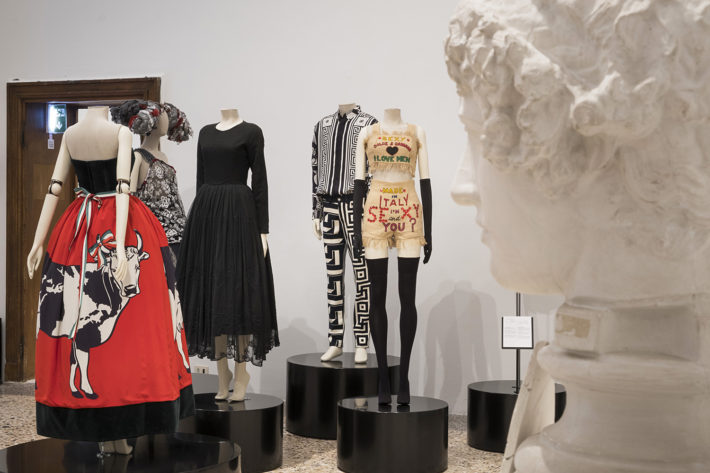
Italiana. Italy through the Lens of Fashion 1971-2001, Palazzo Reale, Milan, 2018. Photo: Francesco de Luca.
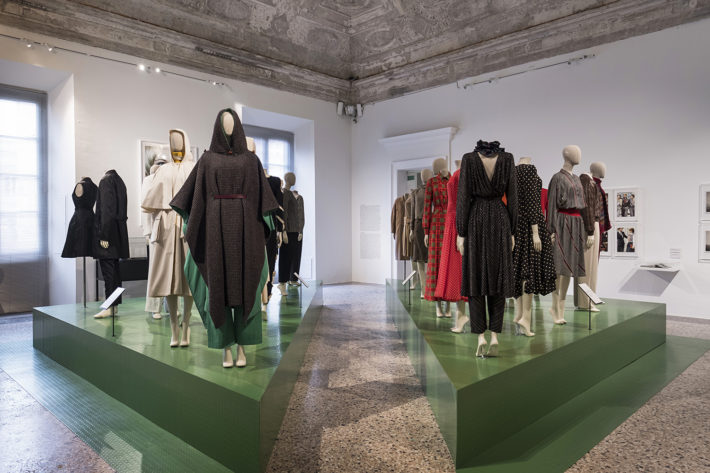
Italiana. Italy through the Lens of Fashion 1971-2001, Palazzo Reale, Milan, 2018. Photo: Francesco de Luca.
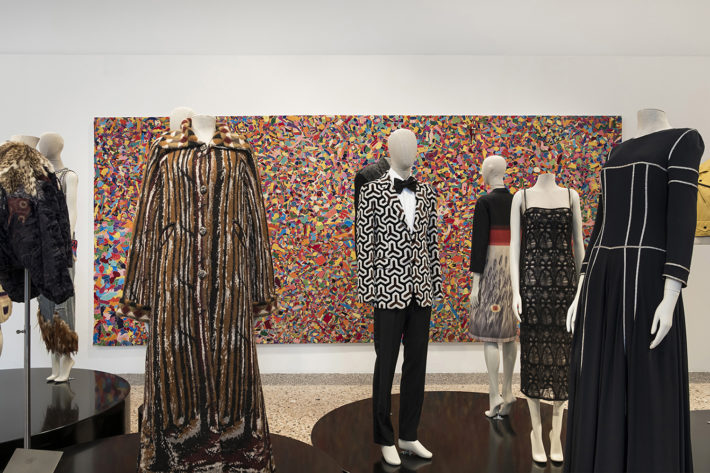
Italiana. Italy through the Lens of Fashion 1971-2001, Palazzo Reale, Milan, 2018. Photo: Francesco de Luca.